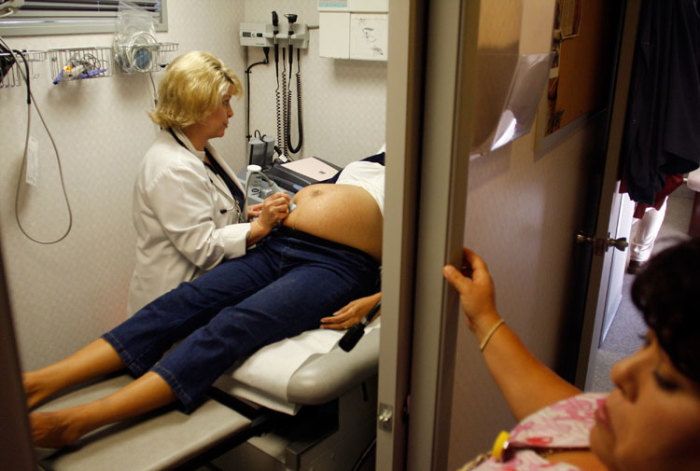CDC data shows slight rise in abortions for second consecutive year after years of decline

Newly published data from the U.S. Centers for Disease Control and Prevention reveals that the number of abortions in the United States increased slightly in 2019, making it the second consecutive year with a rise in abortions after nearly a decade of decline.
The CDC released its latest "Abortion Surveillance Report" Friday, documenting the “number and characteristics of women obtaining legal induced abortions and number of abortion-related deaths in the United States” in 2019. The CDC compiled the data in the report based on statistics provided from 47 of the 50 states and New York City.
The data found that 625,346 abortions were performed in the reporting areas in 2019, a 1.7% increase from the 614,820 performed in 2018. Adding in data from the District of Columbia increases the number of abortions performed in 2019 to 629,898. However, Every year examined in the report does not include data from California, Maryland and New Hampshire.
The abortion rate — the number of abortions per 1,000 women between the ages of 15 and 44 — also increased slightly from 11.3 in 2018 to 11.4 in 2019. The abortion ratio — the number of abortions per 1,000 live births — rose from 189 to 195. While the number of abortions, abortion rate and abortion ratio increased from 2018 to 2019, the numbers have declined overall since 2010.
“From 2010 to 2019, the total number of abortions, abortion rate, and abortion ratio decreased 18% (from 762,755), 21% (from 14.4 abortions per 1,000 women aged 15-44 years), and 13% (from 225 abortions per 1,000 live births), respectively,” the report stated. “Abortion rates decreased from 2010 to 2019 for all women, regardless of age.”
The decrease in abortion rate was highest among adolescents, the report found.
“Abortion ratios also decreased or did not change from 2010 to 2019 for all age groups, except adolescents aged <15 years. The decrease in abortion ratio was highest among women aged ≥ 40 years compared with any other age group,” the report details.
The number of abortions performed dropped to 609,095 in 2017. The abortion rate dropped to a low of 11.2 in 2017, and the abortion ratio reached a low of 185 in 2017.
In 2019, chemical abortions (the abortion pill), referred to as “medical abortions” in the report, constituted 43.7% of all abortions.
In 2018, 40% of all abortions were chemical abortions. In both 2018 and 2019, most abortions were surgical abortions. However, the share of surgical abortions to the total number of abortions dropped from 59.9% in 2018 to 56.2% in 2019. Pro-life groups have argued that chemical abortions can pose a threat to the health of the mother.
While only 30 reporting areas provided data on the race and ethnicity of women who had abortions in 2019, the report revealed that “non-Hispanic Black women had the highest abortion rate (23.8 abortions per 1,000 women) and ratio (386 abortions per 1,000 live births).” At the same time, “non-Hispanic White women had the lowest abortion rate (6.6 abortions per 1,000 women) and ratio (117 abortions per 1,000 live births).”
For the second year in a row, New York City, the nation’s largest city, had the highest abortion rate and ratio. The metropolis had an abortion rate of 27.2 and an abortion ratio of 472. Both the abortion rate and abortion ratio in the Big Apple increased slightly from 2018 to 2019.
By contrast, Missouri had the country's lowest abortion rate and ratio in 2019. The state had an abortion rate of 1.2 and an abortion ratio of 20. From 2018 to 2019, the abortion rate and ratio were cut in half in the Show-Me State. Last year, those figures stood at 2.5 and 40, respectively.
The number of deaths caused by abortions remained constant from 2018 to 2019 and was measured at two in both years. The case-fatality rate, the number of legal induced abortion-related deaths per 100,000 reported legal induced abortions in the U.S., was 0.41 in the six-year period from 2013 to 2018.
Ryan Foley is a reporter for The Christian Post. He can be reached at: ryan.foley@christianpost.com





























